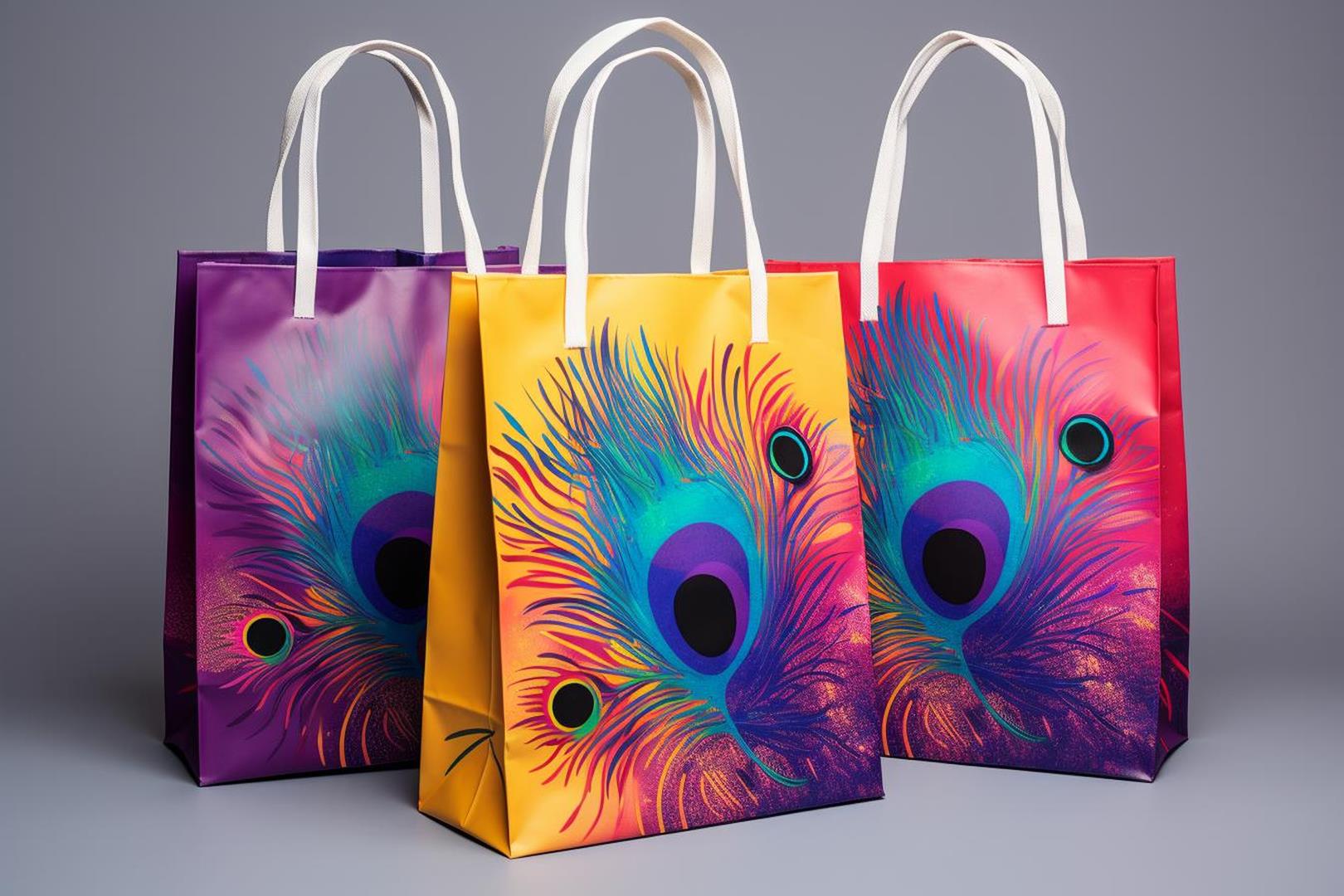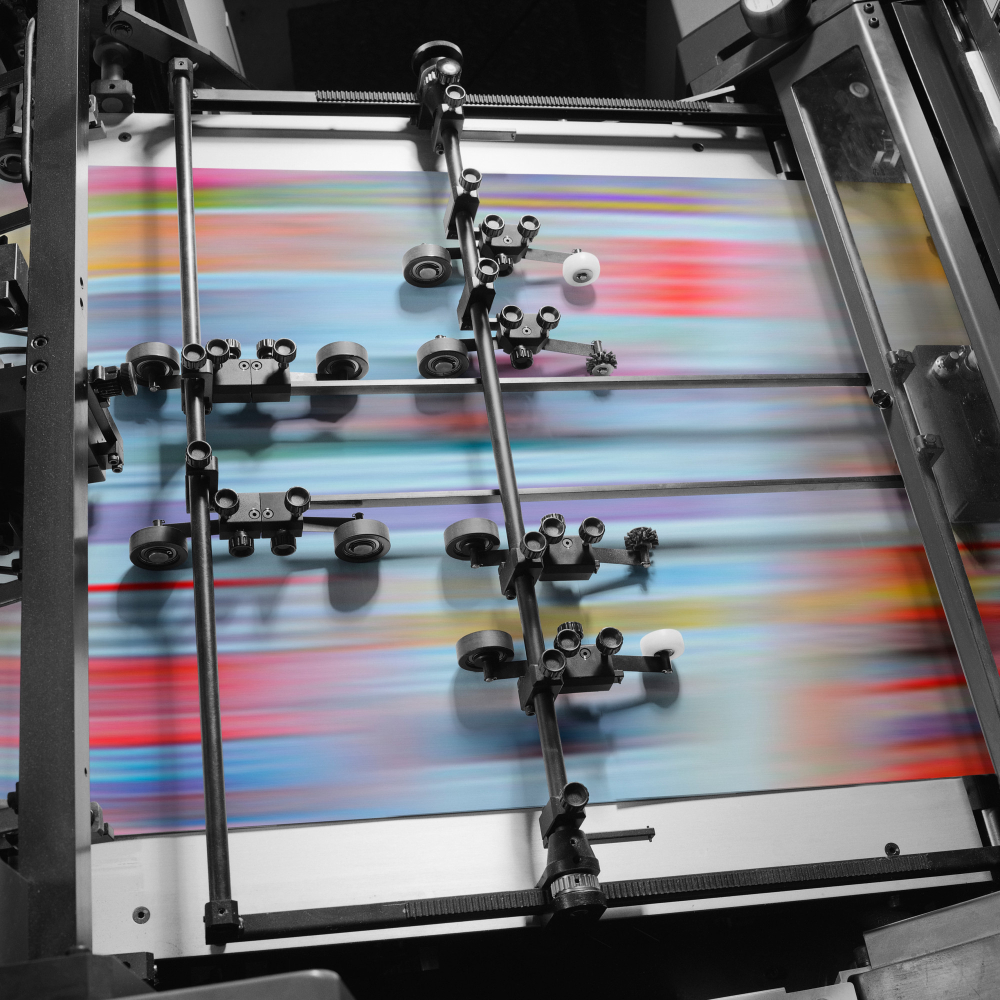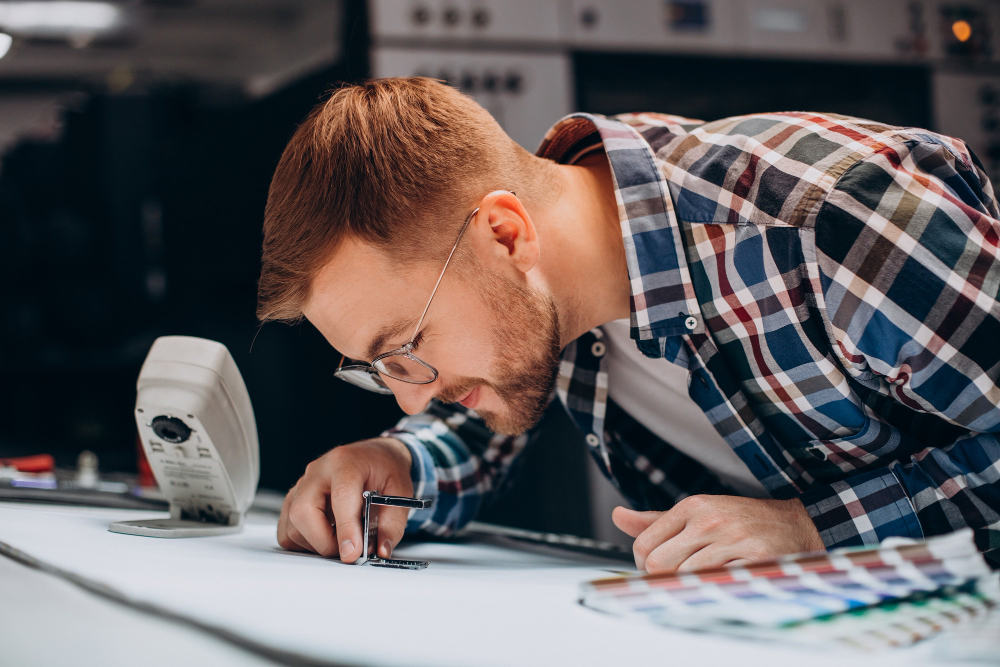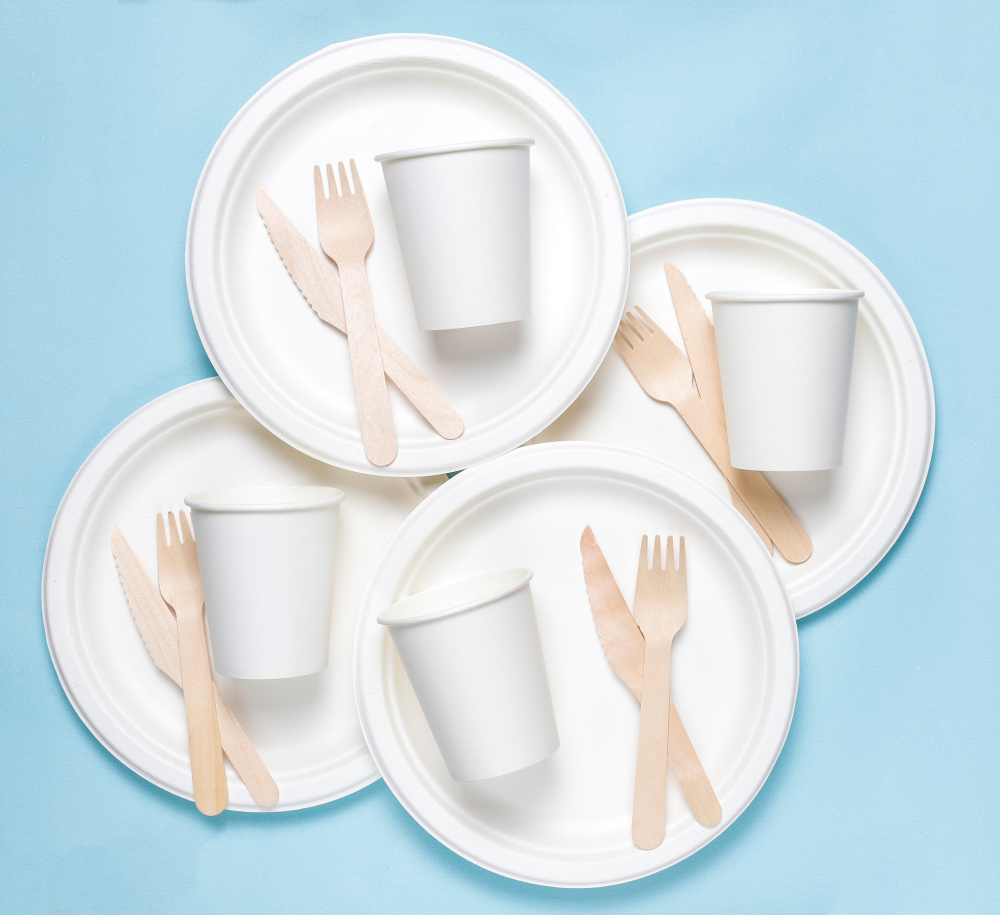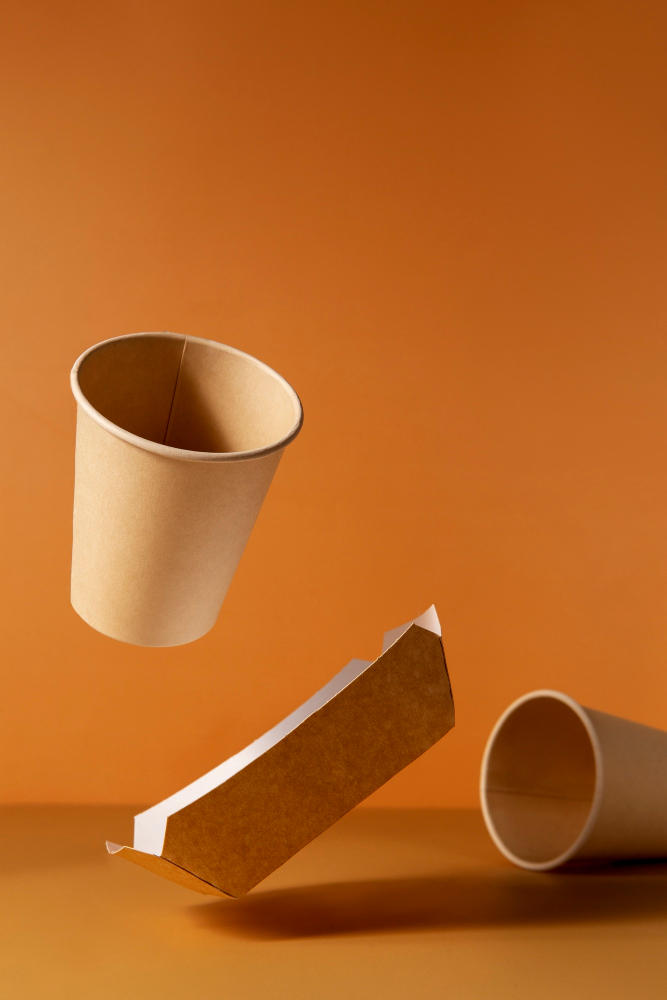How is the printing process on a paper plate machine?
How is the printing process on a paper plate machine?

The printing process on a paper plate machine involves adding visuals such as logos, designs, or text to the plates. This process enhances the visual appeal of the paper plates and promotes branding. The printing process is carried out as follows:
- Design Preparation
- The first step is to design the visual or logo to be printed on the plate. This design is adjusted to fit the dimensions of the plate surface. Special graphic design software can be used for the printing design.
- Inks that are compatible with food contact and do not contain harmful chemicals are preferred. The choice of safe ink is crucial for paper plates made for food products.
- Transferring the Design to the Printing Machine
- The design is transferred to the printing machine and prepared to be printed on the plate surface. Printing machines can be of single-color or multi-color types.
- The most commonly used printing method in paper plate production is flexo printing. Flexo printing uses flexible plates to print on paper and offers a fast process.
- Printing Stage
- Preparation of Printing Plates: The flexible plates used in flexo printing transfer ink to the paper surface. The plates are prepared separately for each color.
- Ink Transfer: Ink is transferred to the plate surface with the help of printing rollers. The ink amount and printing precision are controlled at this stage. For multi-color prints, each color layer is applied separately and printed sequentially.
- Drying: After printing, the plates are sent through special drying tunnels to allow the ink to dry. This step is crucial to prevent smudging and enhance the quality of the print.
- Quality Control
- Once the printing process is complete, the plates undergo a visual quality control phase. In this phase, the alignment of the print, the clarity and sharpness of the colors are checked.
- Plates with faulty prints are separated, and only those meeting the standards continue through the production line.
- Final Operations and Packaging
- The printed plates go through die cutting and edge correction processes to achieve their final shape. After printing, the plates are packaged and made ready for sale.
Notes
- The printing process requires high speed and precision. Correct color adjustment and ink balance affect the print quality.
- During printing on paper plates, hygiene conditions must be strictly observed because these products come into direct contact with food.
These processes ensure that paper plate manufacturers provide high-quality products both aesthetically and functionally.









